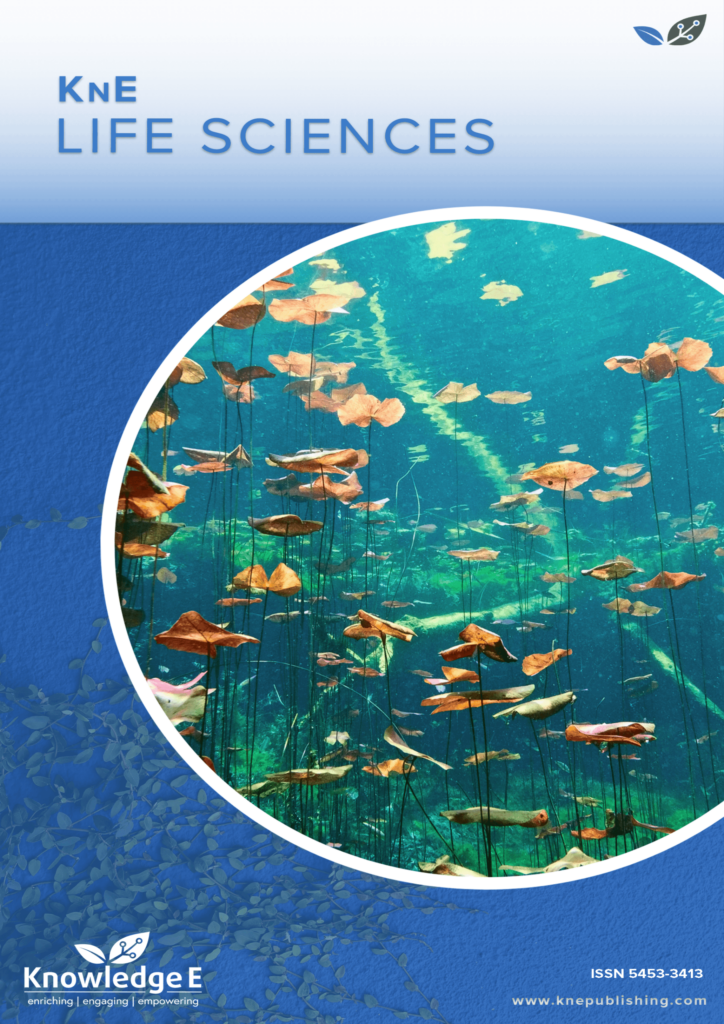
KnE Life Sciences
ISSN: 2413-0877
The latest conference proceedings on life sciences, medicine and pharmacology.
Business Innovation, Service Innovation, Industry 4.0 and Making Indonesia 4.0: Perspective on Industrial Engineering
Published date:Mar 10 2020
Journal Title: KnE Life Sciences
Issue title: The 2018 International Conference on Logistics and Business Innovation (ICLBI)
Pages:151–158
Authors:
Abstract:
Business innovation is deemed an important factor for sustainable competitive advantages. The mentioned important factors are vis à vis not merely product, but also service. Subsequently, this paper elaborates service innovation within ambidexterity approach that comprises two considerations of exploitation and exploration. The exploitation refers to the continuous improvement of the existing activities in companies. Meanwhile, the exploration refers to the breakthrough of new frontier activities in companies that are needed for the company to gain sustainable competitive advantages. Both exploitation and exploration are supported by the theoretical approach and its empirical implementation within companies’ sustainable competitive advantages, through grand theory within industrial engineering discipline. This paper elaborates the service innovation that is deemed as antecedents for both financial and nonfinancial performance in the banking industry in Indonesia. The focus of the banking industry in this paper refers to the area of DKI Jakarta, as the center of technology in its capacity as the capital city of Indonesia. The theoretical approach is subsequently implemented through Industry 4.0 that covers trilogy of physical, digital, and biology. Furthermore, the mentioned implementation is aimed at the benefits of Making Indonesia 4.0 with the Indonesia local wisdom and setting. Precisely, it covers focused sectors: food and beverages; textile; automotive; chemical; and electronic. Ultimately, it refers to an action plan as quick wins in term of technology incentive; investor roadshow; vocational education; and innovation center, along with its support for small-medium enterprise.
Keywords: banking industry; contextual ambidexterity; exploration service innovation; exploitation service innovation; financial performance; structural ambidexterity
References:
[1] Rong D, Ming X, Limsupanark J. The theoretical study and empirical research process of service innovation: a literature review. International Business Research 2015; 8(11). http://www.ccsenet.org/ journal/index.php/ibr/article/view/38694
[2] Schumpeter AI. The theory of economic development. Harvard University Press, Cambridge;2017. pp. 3–57. https://www.hup.harvard.edu/catalog.php?isbn=9780674879904
[3] Albers A, Heimicke J, Spadinger M, Degner N, Duehr K. The product developer in the centre of product development: A systematic literature review on describing fac- tors. In: Proceedings of the 22nd International Conference on Engineering Design. Inter- national Conference on Engineering Design; 2019. Wartzack S, Schleich B, Benjamin G (Eds.). pp. 1843–1852. https://www.designsociety.org/publication/42170/The+Product+Developer+
in+the+Centre+of+Product+Development%3A+A+Systematic+Literature+Review+
on+describing+Factors
[4] Sok P, O’Cass A. Achieving service quality through service innovation exploration-exploitation: the critical role of employee empowerment and slack resources. Journal of Service Marketing 2015; 29(2):137–149. https://www.emeraldinsight.com/doi/abs/10.1108/JSM-03-2014-0085
[5] Gustafsson A, Kristensson P, Witell L. Customer co-creation in service innovation: A matter of communication? Journal of Service Management 2012; 23(3):311–327. https://www.emerald.com/ insight/content/doi/10.1108/09564231211248426/full/html
[6] Lee YD, Chen SH, Kuo JH. Exploring the intellectual structure of organizational learn- ing studies. European Journal of Research and Reflection in Management Sciences 2014; 2(2):76–83. https://www.idpublications.org/wpcontent/uploads/2014/09/Abstract-EXPLORING-THE- INTELLECTUAL-STRUCTURE-OF-ORGANIZATIONAL.pdf
[7] Creswell JW. Reflections on the MMIRA: The future of mixed methods taskforce report. Journal of Mixed Methods Research 2016; 10(3):215–219. https://journals.sagepub.com/doi/10.1177/1558689816650298
[8] Bouslama G. The lnternationalization of retail banking: The case of French Banks. Journal of Management Policy and Practice 2018; 19(3):85–105. https://articlegateway.com/index.php/JMPP/ article/view/50
[9] Altman LJ, Tushman ML. Platforms, open/user innovation, and ecosystems: A strategic leadership perspective. Advances in Strategic Management 2017; 37:177–207. https://www.researchgate.net/publication/319905639_Platforms_OpenUser_Innovation_
and_Ecosystems_A_Strategic_Leadership_P erspective
[10] Papachroni A, Heracleous L, Paroutis S. Organizational ambidexterity through the lens of paradox theory: Building a novel research agenda. The Journal of Applied Behavioral Science 2014; 51(1):1–23. https://journals.sagepub.com/doi/abs/10.1177/0021886314553101?journalCode=jaba
[11] Thakur R, Hale D. Service innovation: a comparative study of U.S. and Indian service firms. Journal of Business Research 2016; 66(8):1108–1123. https://www.sciencedirect.com/science/article/abs/pii/ S0148296312000914
[12] Boumgarden P, Nickerson J, Zenger TR. Sailing into the wind: exploring the relationships among ambidexterity, vacillation, and organizational performance. Strategic Management Journal 2012; 33(6):587–610. https://onlinelibrary.wiley.com/doi/abs/10.1002/smj.1972
[13] Nosella A, Cantarello S, Filippini R. The intellectual structure of organizational ambidexterity: a bibliographic investigation into the state of the art. Strategic Organization 2012; 10(4):450–465. https://journals.sagepub.com/doi/abs/10.1177/1476127012457979?journalCode=soqa
[14] Dinh JE, Lord RG, Gardner WL, Meuser JD, Liden RC, Hu J. Leadership theory and research in the new millennium: Current theoretical trends and changing perspectives. The Leadership Quarterly 2014; 25(1):36–62. https://www.sciencedirect.com/science/article/pii/S1048984313001203
[15] Antonakis J, Avolio BJ, Sivasubramaniam N. Context and leadership: an examination of the nine-factor full-range leadership theory using the multifactor leadership questionnaire. The Leadership Quarterly 2003; 14(3):261–295. https://www.sciencedirect.com/science/article/pii/S1048984303000304
[16] Siddiqui SH, Rasheed R, Nawaz S, Abbas M. Knowledge sharing and innovation capabilities: The moderating role of organizational learning. Pakistan Journal of Commerce and Social Sciences 2019; 13(2):455–486. https://www.econstor.eu/handle/10419/201001